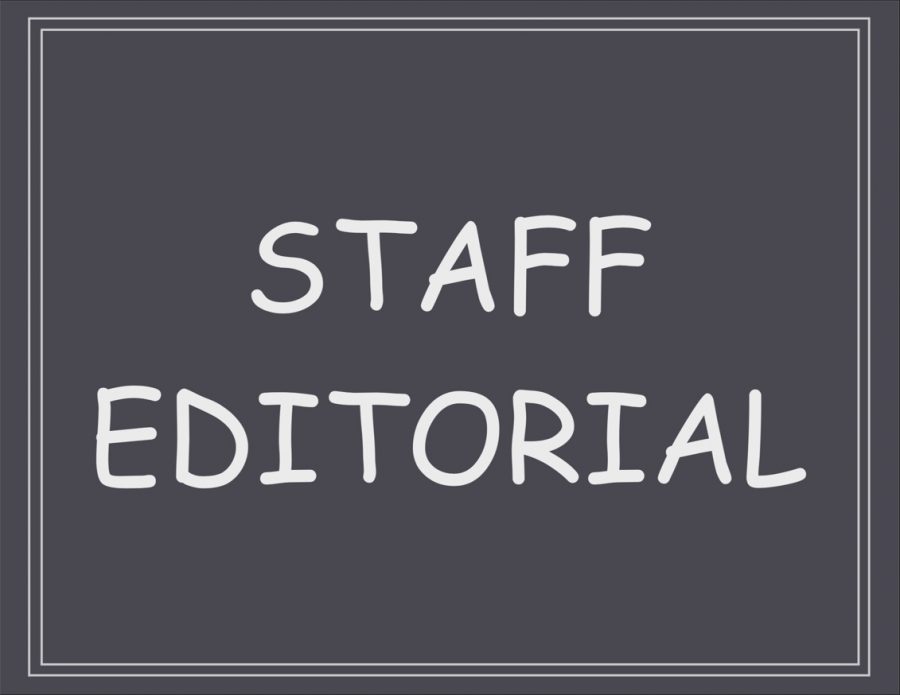Our teachers need trained in how to address dress code violations
September 6, 2019
This school year, one of the administration’s main focuses of discipline is dress code, as if it isn’t every year. But enforcement of the dress code is falling on teachers more than anything else. Upon an announcement over the PA, they are expected to check students and make sure their attire is following all rules and if not, they are supposed to send them out of class to see an administrator.
One of the main issues here is that when the dress code is brought up, the majority of the time it is concerning female students. From crop tops to short shorts, to holes in their jeans that are not fingertip length, these fashion trends are not allowed and now teachers are supposed to put an end to all of this? This can be especially uncomfortable for a male teacher.
How is a male teacher supposed to tell a teenage girl that her skirt is too short without making the situation uncomfortable for everyone?
Because now this comment has been heard by the whole class and all the attention is on the girl who is violating dress code, the classroom environment is disturbed and the student is left feeling vulnerable, having only two ways to react to the situation: to either accept that she is not following dress code by going down to the office to get judged once again by administration or to question the male teacher about why he is looking at “that” part of her body.
And that is if the teacher says something as simple as, “Your skirt is violating dress code.”
Not all teachers, including female ones, know how to approach the situation which leads to them saying something wrong or inappropriate to a student, making a small situation turn into possibly a teacher getting into trouble or a female student being emotionally scarred.
If administration wants dress code rules to be followed, teachers need to be taught what to say and how to handle the situation appropriately so that the classroom is not disturbed and students do not feel violated.








